Rising Industrial Applications
The Tin Fluoborate Market is experiencing growth due to the rising industrial applications of tin compounds across various sectors. Industries such as metallurgy, ceramics, and glass manufacturing are increasingly incorporating tin fluoborate in their processes. The compound's unique properties, including its ability to enhance thermal stability and improve product quality, make it a preferred choice among manufacturers. Recent data suggests that the industrial sector is projected to expand at a rate of approximately 4% annually, which could lead to increased consumption of tin fluoborate. This trend indicates a promising outlook for the Tin Fluoborate Market as it aligns with the evolving needs of diverse industrial applications.
Increasing Demand in Electronics
The Tin Fluoborate Market is experiencing a notable surge in demand due to the increasing utilization of tin compounds in electronic applications. Tin fluoborate serves as a vital component in the production of soldering materials, which are essential for the assembly of electronic devices. As the electronics sector continues to expand, driven by advancements in consumer technology and the proliferation of smart devices, the demand for tin fluoborate is likely to rise. Recent estimates indicate that the electronics industry is projected to grow at a compound annual growth rate of approximately 5% over the next few years, further bolstering the Tin Fluoborate Market. This trend suggests a robust market potential for tin fluoborate as manufacturers seek reliable materials for high-performance electronic components.
Growth in Renewable Energy Sector
The Tin Fluoborate Market is poised to benefit from the burgeoning renewable energy sector, particularly in the production of photovoltaic cells and batteries. Tin compounds, including tin fluoborate, are increasingly being utilized in the manufacturing processes of solar panels and energy storage systems. As the world shifts towards sustainable energy solutions, the demand for efficient and reliable materials is paramount. The renewable energy market is anticipated to witness substantial growth, with solar energy expected to account for a significant share of the energy mix. This transition not only enhances the relevance of tin fluoborate but also positions the Tin Fluoborate Market favorably in a rapidly evolving landscape.
Advancements in Chemical Manufacturing
The Tin Fluoborate Market is likely to benefit from advancements in chemical manufacturing processes. Innovations in production techniques are enhancing the efficiency and cost-effectiveness of tin fluoborate synthesis. As manufacturers strive to optimize their operations, the adoption of advanced technologies is becoming increasingly prevalent. This shift not only improves the quality of tin fluoborate but also reduces production costs, making it more accessible to various industries. The chemical manufacturing sector is expected to grow steadily, with a focus on sustainable practices and resource optimization. Consequently, the Tin Fluoborate Market may experience a favorable impact as these advancements unfold.
Regulatory Support for Specialty Chemicals
The Tin Fluoborate Market is likely to gain momentum from regulatory support aimed at promoting specialty chemicals. Governments and regulatory bodies are increasingly recognizing the importance of specialty chemicals in various applications, including electronics and renewable energy. This support may manifest in the form of incentives for research and development, as well as favorable policies that encourage the use of environmentally friendly materials. As regulations evolve to favor sustainable practices, the demand for tin fluoborate could see a significant uptick. This regulatory landscape suggests a positive trajectory for the Tin Fluoborate Market, as it aligns with broader sustainability goals.



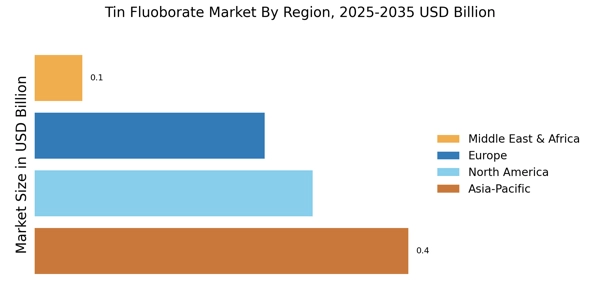
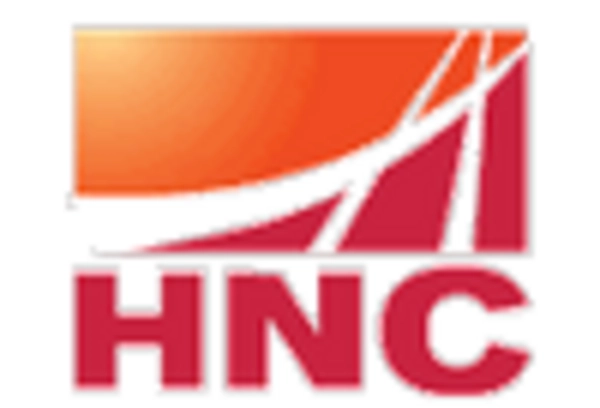
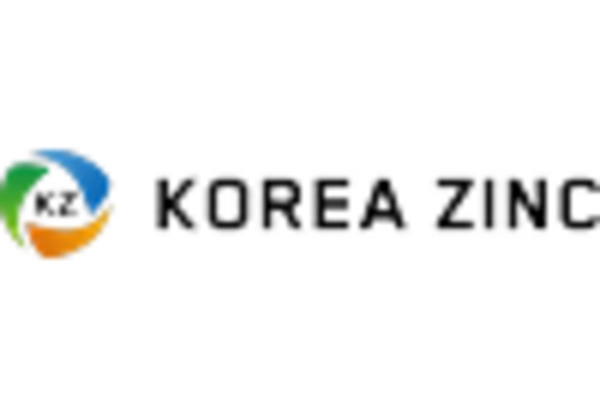
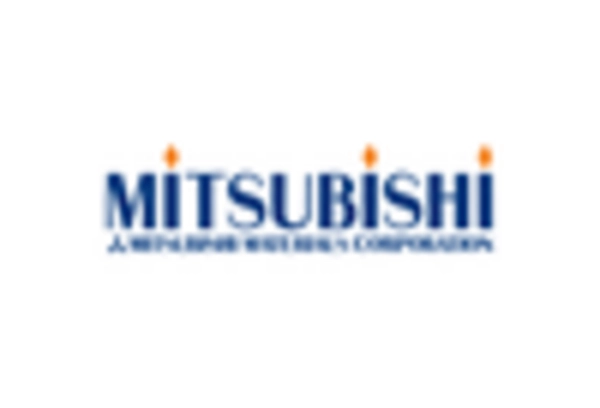
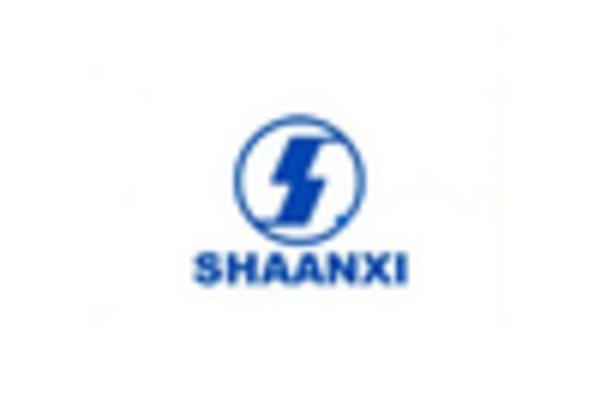
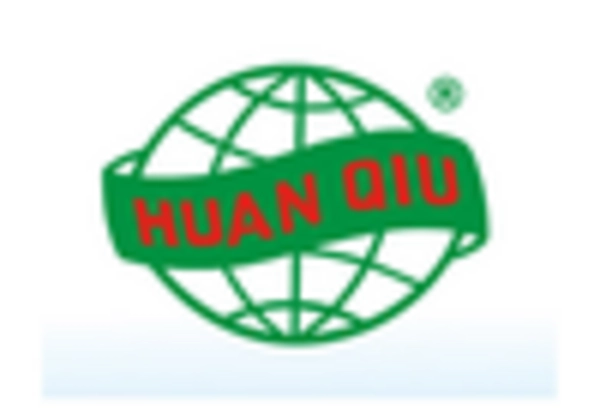
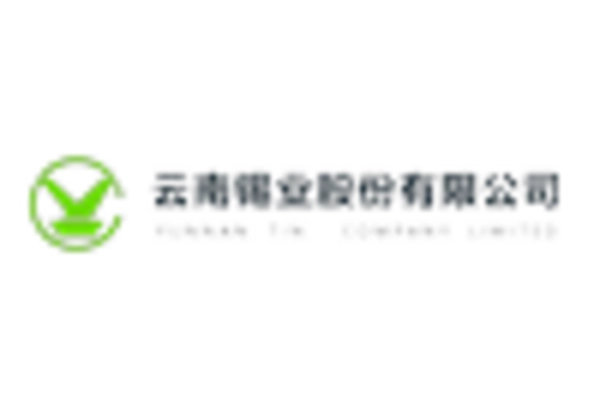








Leave a Comment